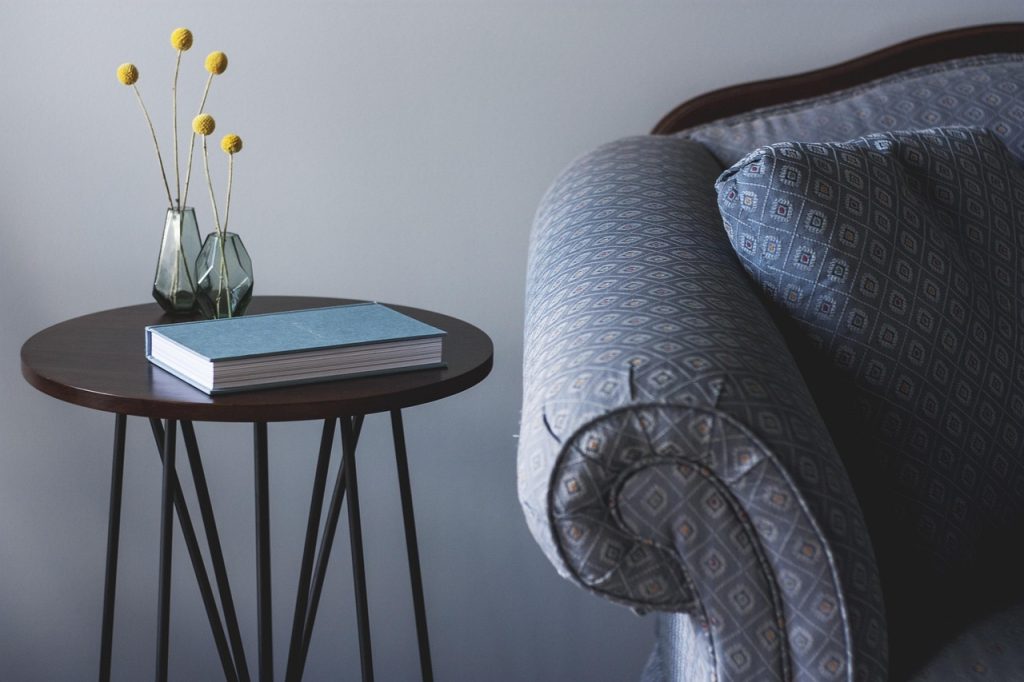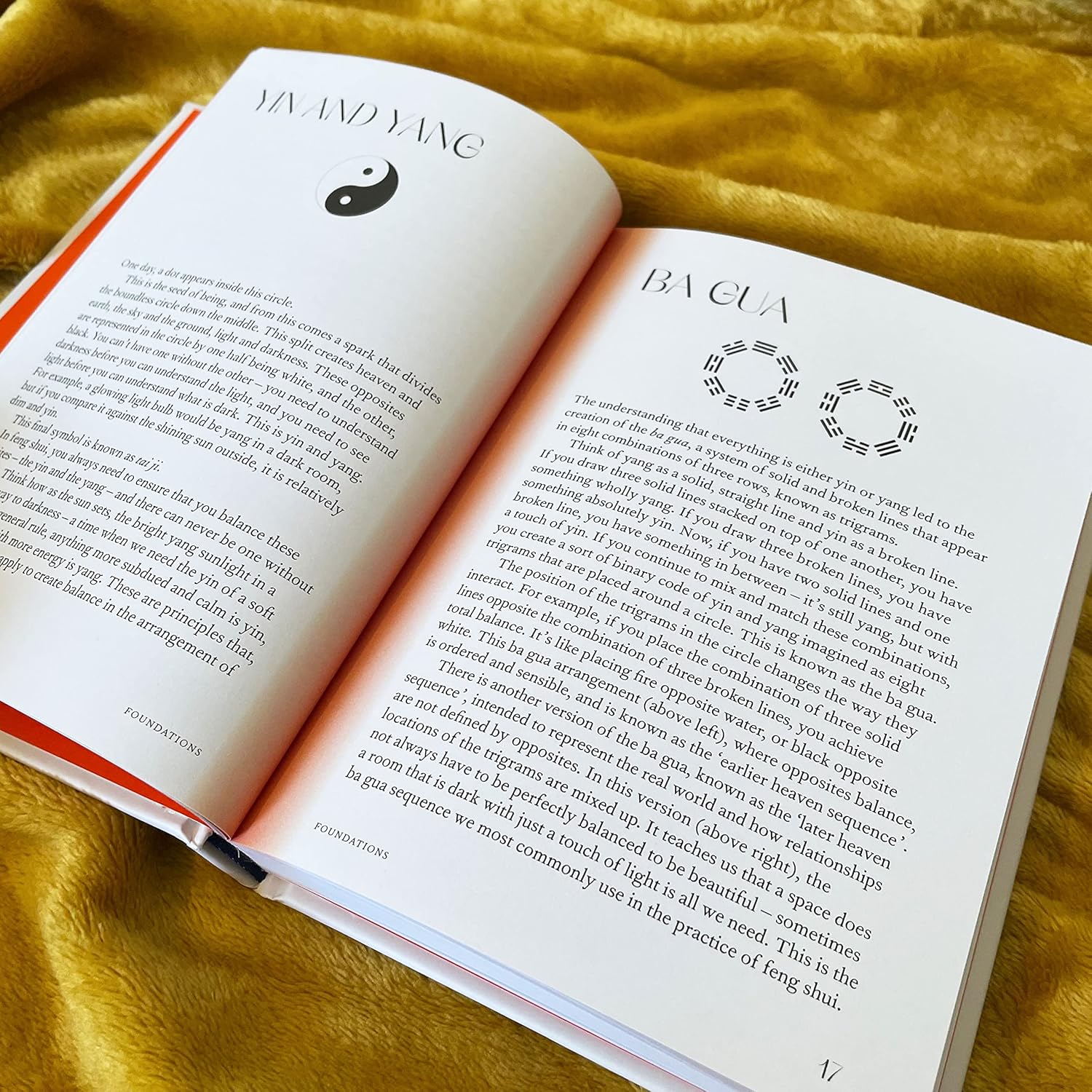Introduction: Harnessing the Invisible Energy of Your Home
For centuries, the ancient Chinese practice of Feng Shui (literally “wind-water”) has offered a powerful framework for harmonizing human life with the surrounding environment. It’s more than just interior decorating; it is the art and science of arranging living spaces to maximize the flow of Chi (positive life energy).
A well-designed home, guided by Feng Shui, can become a catalyst for better health, stronger relationships, and increased prosperity. This definitive guide will walk you through the core, time-tested principles of Feng Shui and show you exactly how to apply them to create a modern, supportive, and truly harmonious interior.
1. The Core Elements of Harmonious Flow (Chi)
To master Feng Shui interior design, you must first understand its foundational concepts:
A. Chi: The Energetic Flow
Chi is the life-force energy that flows through everything. In a home, the goal is to keep the Chi flowing smoothly, like a meandering river, not stagnant or rushed.
- Keep Pathways Clear: Avoid furniture layouts that force people to navigate around obstacles.
- Repair Broken Items: Broken objects create stagnant, negative energy. Fix or discard them immediately.
- Prioritize Light and Air: Natural light and fresh air are vital carriers of Chi. Keep windows clean and use quality lighting to brighten dark corners.
B. The Five Elements
Balance is achieved by the careful integration of the Five Elements, each linked to specific colors, shapes, and materials. A room should represent all five to feel complete.
| Element | Qualities | Shapes | Colors | Design Examples |
| Wood | Growth, Vitality | Tall, Rectangular | Greens, Browns | Houseplants, wooden furniture, striped fabrics. |
| Fire | Passion, Energy | Triangular, Pointed | Reds, Oranges, Purples | Candles, fireplaces, bright lighting, animal prints. |
| Earth | Stability, Grounding | Square, Flat | Yellows, Browns, Beige | Ceramic pottery, terracotta, low-lying, sturdy furniture. |
| Metal | Clarity, Precision | Round, Circular | Whites, Grays, Metallic | Metal frames, stainless steel, stone, circular mirrors. |
| Water | Flow, Wisdom | Wavy, Curvy | Blacks, Blues | Mirrors, glass, water features (fountains), wavy lines. |
2. The Practical Tools: Bagua and The Commanding Position
These two tools are essential for applying Feng Shui principles with precision and intent.
The Commanding Position
This is perhaps the most important principle of furniture placement. It refers to the location in a room that is diagonal to the door and allows you to see the entrance without being directly in line with it. This position symbolizes control over your life and your preparedness for opportunities.
Key Pieces to Place in the Commanding Position:
- Your Bed (Represents You): Position the headboard against a solid wall, diagonal from the door.
- Your Desk (Represents Your Career): Sit so you can see the door from your chair.
- Your Stove (Represents Your Wealth/Nourishment): While you cannot move the stove, you should be able to see the kitchen entrance while cooking. Use a mirror if necessary to achieve the view.
The Bagua Map
The Bagua Map is an energy map overlaid on your home’s floor plan, dividing it into eight areas of life (Gua), plus a central area for Health. Each Gua is associated with a specific element, color, and aspect of your life (e.g., Wealth, Career, Family). By enhancing the element in a specific area, you can bring greater focus to that life aspect.

3. Room-by-Room Feng Shui Application
Applying Feng Shui principles practically transforms a house into a nurturing home.
🚪 The Front Entrance: The Mouth of Chi
The main door is where all new energy enters your life.
- Keep it Clear: Ensure a clear, unobstructed path from the street to your front door. No dead plants or unorganized clutter.
- Welcome Energy: Use a welcoming doormat, clear lighting, and vibrant plants to invite positive Chi.
- Avoid Door-to-Door Alignment: If your front door is directly aligned with the back door or a window, Chi will rush straight through, draining the home’s energy. Use a piece of furniture, a screen, or a substantial plant to gently slow and redirect the flow.
🛏️ The Bedroom: A Sanctuary for Rest
The bedroom should be a sanctuary for rest and intimacy (Yin energy).
- Solid Support: Use a solid headboard against a solid wall (not a window). This provides metaphorical support in life.
- No Under-Bed Storage: Keep the space under the bed clear to allow Chi to circulate freely, promoting restful sleep.
- Mirror Placement: Never place a mirror where it reflects the bed, as this is thought to bring unwanted energy and disrupt sleep.
🛋️ The Living Room: Connection and Grounding
This is a social space that needs both energetic flow and stability.
- Encourage Conversation: Arrange seating (sofas and chairs) to face each other, creating a circle that encourages dialogue and connection.
- Ground the Space: Use a substantial rug to ground the furniture arrangement and define the space.
- Balance the Elements: Incorporate various materials (a wooden coffee table, a metal lamp, soft fabric pillows, a thriving plant) to ensure elemental balance.
4. Modern Challenges and Trustworthy Solutions
Feng Shui is not rigid; it adapts to the modern home. The core principles of flow, balance, and intention remain paramount.
- The Problem of Clutter (Stagnant Chi): Clutter is the single greatest blocker of Chi. It represents unmade decisions and stagnant energy in your life.
- Solution: Commit to regular, thorough decluttering. Only keep items that are useful or bring you genuine joy (a high-E-E-A-T tip rooted in Marie Kondo’s principles).
- Electronics and Digital Clutter: Modern life is full of stimulating Yang energy from screens.
- Solution: Keep the bedroom a No-Tech Zone. Use a simple, non-digital alarm clock and charge devices outside the room to promote deep, restorative rest.
- Harmonizing Open-Plan Living: While modern open concepts are popular, they can make Chi flow too quickly.
- Solution: Define separate areas with rugs, furniture placement, and lighting to create pockets where Chi can settle and nourish the space.
Conclusion: Designing for Wellness and Intent
Feng Shui interior design is a practical wellness philosophy that transforms your home into a supportive, energy-rich environment. By applying the principles of Chi flow, balancing the Five Elements, and paying close attention to the Commanding Position, you shift from simply decorating to designing with profound intention.
Your home is a mirror of your life. By creating a beautiful, balanced, and harmonious interior, you actively invite positive energy and opportunity into your world.
